Tether’s $20 Billion Fundraising Bid Puts Its Market Credibility to the Test
Input
Modified
Plans for Large-Scale Capital Raise via Equity Sale
Uncertainty Over Capital Use and Investment Strategy
Lingering Lessons of the Terra-Luna Collapse
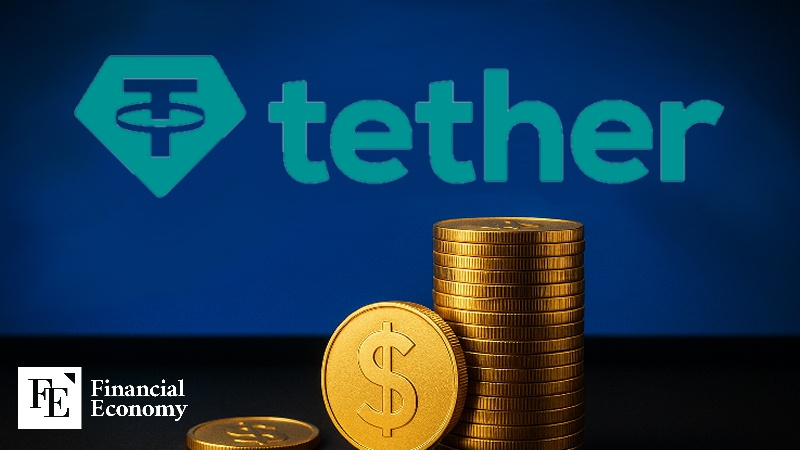
Tether, the world’s largest stablecoin issuer, is seeking to raise 20 billion USD, drawing close scrutiny from global capital markets. The company has floated a valuation comparable to OpenAI’s by offering to sell a small equity stake, but the intended use of the funds remains unclear. Analysts warn that Tether’s expansion into gold holdings and Bitcoin mining heightens volatility risks, while the memory of the Terra-Luna collapse has renewed concerns about the structural fragility of stablecoins. The fundraising drive is shaping up as a test of market confidence in both Tether and the broader crypto sector.
A Potential Shake-Up of the Crypto Industry Landscape
According to Bloomberg on September 24, Tether is negotiating the private placement of new shares amounting to about 3 percent of its equity, aiming to raise up to 20 billion USD. The deal, underwritten by Cantor Fitzgerald, could value Tether at 500 billion USD—placing it alongside OpenAI and SpaceX among the world’s highest-valued private companies.
Markets are betting on Tether’s potential and profit engine. The company’s USDT stablecoin has a market capitalization of roughly 172 billion USD, dwarfing the 74 billion USD valuation of second-place USD Coin issued by Circle. The gap is reflected in Tether’s profits: the company posted 4.9 billion USD in net income in the second quarter alone, with CEO Paolo Ardoino boasting of a 99 percent profit margin.
Such robust earnings have boosted investor confidence in Tether’s valuation. By comparison, Circle’s market cap stands at just over 30 billion USD, meaning Tether’s target valuation is more than fourteen times higher. While Circle has struggled with IPO costs and posted losses, Tether has amassed reserves rivaling a “central bank of crypto.” The company’s rise signals its ambition to become a major player in the global financial system, not just a crypto issuer.
The planned equity raise could also mark a turning point for the broader crypto industry. Until now, most firms have relied on token issuance or internal revenues for financing. By contrast, Tether’s move to attract tens of billions in outside investment is highly unusual. If successful, it could set a benchmark for peers, especially as regulatory pressure in the United States grows.
Stability vs. Risk: Market Anxiety Grows
Skepticism, however, centers on how Tether will deploy the funds. Equity investors typically expect returns exceeding basic capital costs, yet Tether’s core holdings in U.S. Treasuries yield only about 4–5 percent annually. That mismatch raises questions about whether Tether can justify its valuation and satisfy investor expectations.
So far, Tether’s expansion plans have leaned toward real assets and infrastructure. It already issues a gold-backed stablecoin (XAUT) and has signaled interest in investing across the gold supply chain. Its disclosed gold holdings total about 50 metric tons and 8.7 billion USD in related assets. In June, Tether acquired an 89.2 million USD stake in metals investment firm Elemental Altus. CEO Ardoino has compared gold to Bitcoin, presenting it as part of a strategy to diversify reserves beyond dollars and Treasuries.
Bitcoin mining and energy infrastructure are also central pillars. Since 2023, Tether has committed more than 2 billion USD to renewable power plants, substations, and mining facilities in Latin America, including Uruguay, Paraguay, and El Salvador. It has pledged to become the world’s largest Bitcoin miner by year’s end and reportedly holds over 100,000 Bitcoin. While framed as a contribution to network security, the strategy exposes reserves to extreme volatility.
Despite these ventures, the backbone of Tether’s reserves remains U.S. dollar liquidity. At the end of last year, its total reserves stood at about 118.4 billion USD, with 97 billion USD in U.S. Treasuries—greater than the holdings of countries like Germany or Mexico. Most of its 4.9 billion USD in second-quarter profit came from this Treasury base. But that stability depends on today’s high interest rates. If the equity capital is simply recycled into Treasuries, Tether must justify the cost of capital; if diverted into riskier bets like gold or mining, redemption risk could grow.
Regulatory and governance questions also loom. Because Tether is not a U.S.-listed company, it is not directly subject to new federal rules like the proposed “Genius Act.” The firm has hired former White House officials to improve relations with regulators and pledged U.S.-compatible compliance. Yet its reserve disclosures are only attestations, not full audits, and details of its risk asset exposure remain limited—issues that watchdogs and investors alike are monitoring closely.
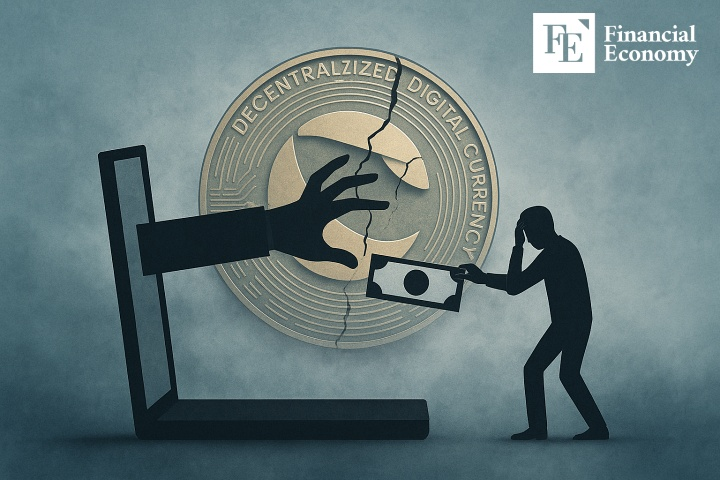
Echoes of Terra-Luna, Trust in Stablecoins Tested Again
Memories of the 2022 Terra-Luna implosion still haunt the market. That collapse exposed the weaknesses of algorithmic stablecoins that relied solely on market incentives and investor trust rather than hard assets. Under selling pressure, the mechanism unraveled, the coins lost their peg, and billions in value evaporated almost overnight. The fiasco underscored the need for high-quality, liquid reserves to preserve stability and redemption capacity.
The Terra-Luna collapse left an indelible scar on the crypto market, underscoring that the survival of any stablecoin ultimately depends on the quality and liquidity of its reserves. Mere algorithms or arbitrage incentives cannot withstand sudden waves of selling pressure; only reserves backed by immediately redeemable safe assets can sustain the peg. In addition, the composition and maturity of reserves are critical when redemption demand spikes: if collateral is weak or redemption procedures lack transparency, trust can evaporate in an instant, triggering a mass withdrawal crisis.
This is why Tether’s fundraising bid is being met with caution. While the company says it will expand holdings of Treasuries and gold, its parallel push into volatile sectors such as Bitcoin mining raises doubts. Stablecoins, despite their name, are not inherently stable. Only through robust reserves, transparency, and regulatory oversight can they sustain credibility. Tether’s next moves will determine whether its rise signals a new era of legitimacy—or whether the market will once again relive the trauma of broken promises in the stablecoin space.

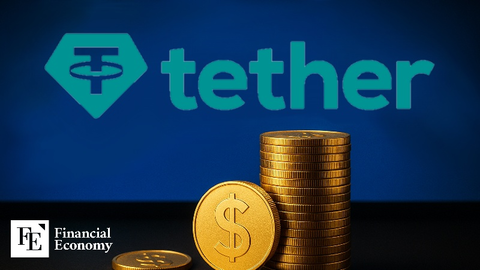
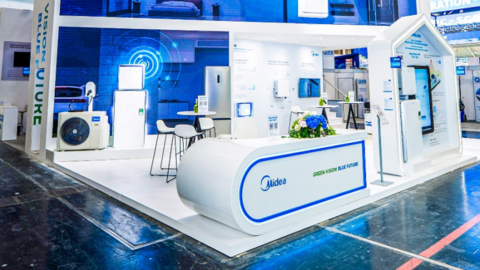

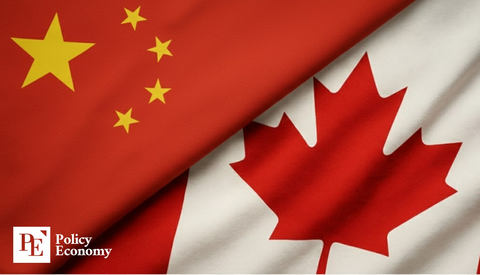

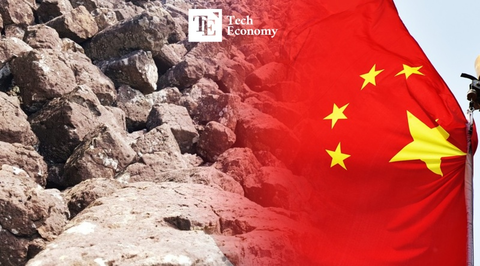
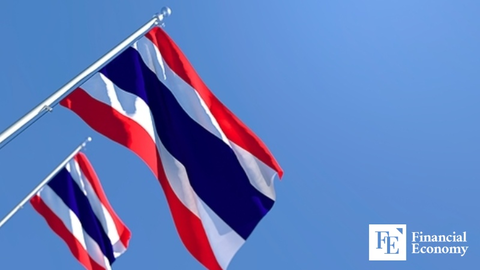
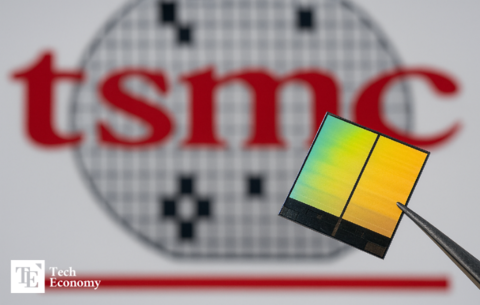
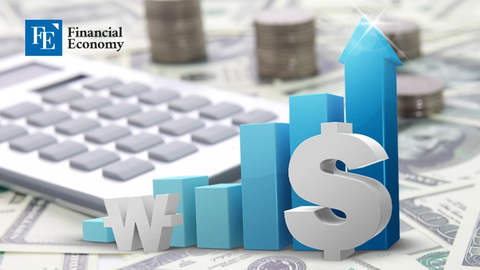












Comment